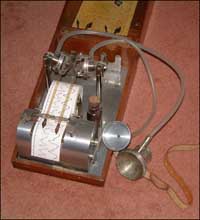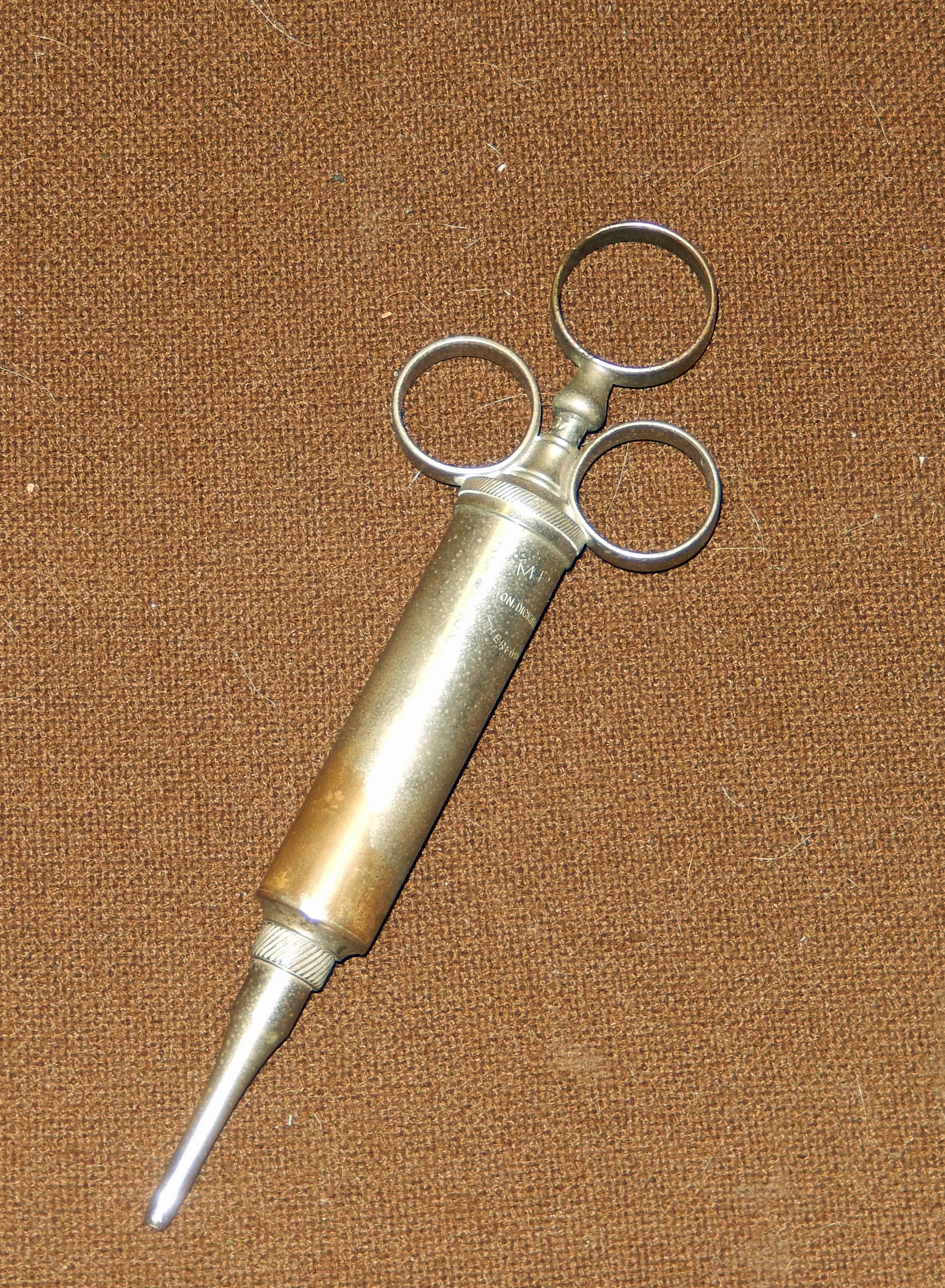[You can now preorder Dr. Stepansky’s new book, In the Hands of Doctors: Touch and Trust in Medical Care,** at Amazon.com]
The lot of ER physicians is not an easy one, and their tendency to early-career burnout, relative to physicians in other specialties, has been well documented over the past quarter century. Surveys show that a majority of ER Docs (usually around 60%) report moderate to high degrees of burnout, of which feelings of emotional exhaustion and depersonalization along with a low sense of personal accomplishment are all components.[1] In recent years their “burnout syndrome” has been aided and abetted by the unregulated patient ratings services that glut the internet.
How has this come about? It results from the fact that salaried ER Docs working in hospital emergency rooms face a ratings-related predicament inapplicable to colleagues outside hospital walls. To wit, the hospitals that employ and pay ER Docs are now obligated to survey discharged patients on their hospital experience, and this includes patients discharged from hospital emergency rooms. So ER Docs are participants in a development that has come to embrace inpatient hospital care in general. In the U.S., beginning in 2006, hospital patients have, on discharge, been asked to complete the 27-item “Hospital Consumer Assessment of Healthcare Providers and System” (HCAHPS) survey, with the understanding that the survey was designed to provide data about patients’ perspectives on care that can be compared among hospitals and, in so doing, create incentives for hospitals to improve quality of care.[2] For ER units, the American Board of Emergency Medicine’s Maintenance of Certification requirement of a “communication/professionalism activity” can become an additional circle of ratings hell. It may include collection of patient feedback (e.g., Press-Ganey scores), and if the feedback is not sufficiently positive, the unit’s contract may be in jeopardy.[3]
More onerously still, a portion of ER Docs’ compensation may be tied to the “quality” of services they provide, with such quality linked to the patient ratings they receive. This means that ER Docs are under mounting pressure to send happy ER patients off into the survey-ready night. And happy ER patients, unsurprisingly, are those whose pain has been taken to heart, and whose ER Docs have ordered the studies and prescribed the meds the patients’ themselves know they require.
This development is not anecdotal and is borne out by recent surveys that attest to the tendency of ER Docs to overprescribe and order unnecessary studies in order to send happier patients out of ER rooms to the patient-satisfaction forms that await them. And the tendency to give way to patient insistence on inappropriate care has been consequential: it has led to dramatically inflated costs to Medicare among patients who make ER visits. And here is the irony: high patient satisfaction ratings by patients have not been shown to correlate with measurable indices of higher quality care. A 2012 survey of 52,000 respondents to the national Medical Expenditure Panel Survey by researchers at the University of California, Davis, for example, showed that over a seven-year period (2000-2007) respondents in the highest patient satisfaction quartile not only spent more on prescription drugs, but were 12% more likely to be admitted to the hospital. They also accounted for 9% more in total health care costs than survey respondents who did not give their providers such stellar ratings.[4]
For ER patients, especially, the kind of “patient satisfaction” associated with surveys is not the “satisfaction” associated with patient-centered care, much less long-term trusting relationships rooted in procedural and expressive touch. Rather, it is a commodified, point-of-service satisfaction that revolves around pain management and brings in its wake another irony: ER Docs reliant on happy patients who give them positive ratings are, to their own dismay, becoming less concerned with patients’ compliance with their medical directives (now “recommendations” or “suggestions”) than with their own compliance with their patients’ expectations. And patients, in turn, increasingly rely more on met expectations than on objective medical outcomes in rating their doctors.
The predicament of ER Docs amplifies a general trend in primary care, where office visits are brief and pressure on clinicians to maximize “throughput” (i.e., to see as many patients as possible during office hours) is intense. In doctors’ offices, as in emergency rooms, there is pressure to make patients happy by, for example, prescribing addictive opioids rather than taking the time to discuss alternative treatments. So ER Docs and PCPs alike are in a tightening bind: their desire to satisfy patients and avoid poor satisfaction scores may trump medical judgment, in which case they “may find themselves in the role of ‘customer service’ providers rather than medical professionals or healers.”[5] Unsurprisingly, we have a new round of survey data on burnout syndrome that adds a new burnout factor to those documented in the 1990s: the association between utilization of patient satisfaction surveys, on the one hand, and job dissatisfaction and attrition among physicians, especially ER and primary care physicians, on the other.[6] An online survey of over 700 ER doctors reported in Emergency Physicians Monthly, for example, found that 59% of the ER Docs admitted increasing the number of tests they ordered because of patient satisfaction surveys. When the South Carolina Medical Association asked its members whether they ever ordered a test they felt was inappropriate because of such pressure, 55% said “yes,” and nearly half of the 131 respondents admitted improperly prescribing antibiotics and narcotics in direct response to patient satisfaction surveys.[7]
So let’s end this dismal reportage by noting a final unsettling irony. We now face a veritable epidemic of opioid addiction for which the emergency room has become ground zero. Between 2004 and 2011, visits to ERs for misuse or abuse of prescription opioids increased 153%. And yet, at the very moment in history that the nation belatedly confronts this epidemic, with states, state-wide hospital organizations and, most recently, the Center for Disease Control (CDC) all issuing restrictive guidelines for prescribing painkillers such as Vicodin and OxyContin,[8] we have ER Docs and their colleagues in primary care reaching for prescription pads in their quest for happy (or happy enough) patients who will give them a favorable nod and let them move on to the next patient. These Docs are not overprescribing with reckless abandon. Far from it. The surveys all suggest they are miserable overprescribers boxed into a corner by throughput pressures and the addictive quest for positive ratings.
_________________________
[1] K. L. Keller & H. J. Koenig, “Management of stress and prevention of burnout in emergency physicians,” Ann. Emerg. Med., 18:42-47, 1989; S. Lloyd, et al., “Burnout, depression, life and job satisfaction among Canadian emergency physicians,” J. Emerg. Med., 12:559-565, 1994; R. Goldberg, et al., “Burnout and its correlates in emergency physicians: four years’ experience with a wellness booth,” Acad. Emerg. Med., 3:1156-1164, 1996.
[2] See “The HCAHPS Survey – Frequently Asked Questions” (https://www.cms.gov/medicare/quality-initiatives-patient-assessment-instruments/hospitalqualityinits/downloads/hospitalhcahpsfactsheet201007.pdf).
[3] E. Schwarz, “The CDC Weighs In With Opioid Prescribing Guidelines,” Emergency Physicians Monthly, March 30, 2016 (http://epmonthly.com/article/the-cdc-weighs-in-with-opioid-prescribing-guidelines/).
[4] J. J. Fenton, et al., “The Cost of Satisfaction: A National Study of Patient Satisfaction, Health Care Utilization, Expenditures, and Mortality,” Arch. Intern. Med., 172:405-411, 2012.
[5] J. T. Chang, et al., “Patients’ global ratings of their health care are not associated with the technical quality of their care,” Ann. Intern. Med., 144:665-672, 2006; D. S. Lee, et al., “Patient satisfaction and its relationship with quality and outcomes of care after acute myocardial infarction,” Circulation, 118:1938-1945, 2008; A. Zgierska, M. Miller, & D. Rabago, “Patient satisfaction, prescription drug abuse, and potential unintended consequences,” JAMA, 307:1377-1378, 2012, quoted at 1378; A. Lembke, “Why doctors prescribe opioids to known opioid abusers,” N. Engl. J. Med., 367:1580-1581, 2012.
[6] A. Zgierska, D. Rabago, & M. M. Miller, “Impact of patient satisfaction ratings on physicians and clinical care,” Patient Prefer. Adherence., 8:437-446, 2014.
[7] These studies are cited by Kai Falkenberg in “Why rating your doctor is bad for your health,” Forbes, January 21, 2013 (http://www.forbes.com/sites/kaifalkenberg/2013/01/02/why-rating-your-doctor-is-bad-for-your-health).
[8] “Doctors told to avoid prescribing opiates for chronic pain” (http://www.usatoday.com/story/news/2016/03/15/cdc-issues-new-guidelines-opiate-prescribing-reduce-abuse-overdoses/81809704/).
Copyright © 2016 by Paul E. Stepansky. All rights reserved.
__________________________
**ADVANCE PRAISE FOR IN THE HANDS OF DOCTORS
“An engaging, richly documented, brilliant critique of the bond between doctor and patient, ranging from classical times through the present. The need for the bond continues, Stepansky argues; patients trust doctors, not teams, medical homes or health care systems. Along the way he discusses what it means to “care” for someone as a professional, whether empathy can be taught, the narrowed scope of family medicine as a field, and how far science and the procedural aspects of medicine are antagonistic to, or simply part of, the humanity inherent in medicine. He offers his own ideas for change. This is a superb introduction to the role of the doctor in a continuing historical context.”- Rosemary Stevens, Ph.D., DeWitt Wallace Distinguished Scholar, Weill Cornell Medical College; author, American Medicine and the Public Interest: A History of Specialization and A Time of Scandal: Charles R. Forbes, Warren G. Harding and the Making of the Veterans Bureau
“Paul Stepansky’s In the Hands of Doctors is a unique and compelling reexamination of American medical practice and patient expectations in historical and cultural context. Examining the many ways in which we seek health, literally from the doctor’s touch, Stepansky draws on his skills as a respected cultural historian and his perspective growing up the son of a rural general practitioner in the 1950s and 1960s. The result is a multilayered, nuanced, and accessible study that focuses on what physicians have offered and patients have sought, especially since the Second World War. Stepansky laments the impact of specialization on what he terms “true doctoring,” even while recognizing its great benefit in treating illness. Eschewing nostalgia, while acknowledging the complexity of today’s health care delivery, Stepansky nevertheless offers a way back to the type of care his father provided. This book deserves a wide audience not only of health practitioners and patients, but also of medical historians and medical humanities scholars.” – Howard I. Kushner, Ph.D., Nat C. Robertson Distinguished Professor, Emeritus, Rollins School of Public Health, Emory University
“In the Hands of Doctors is an original contribution to medical history and, in addition, a book that will appeal to all those in the caring professions: psychotherapists, psychiatrists, psychologists, social workers, nurse practitioners, and others. Dr. Stepansky gives new meaning to the roles of touch, empathy, and friendship as these are involved in medical practice, and he presents original ideas about the shape of such practice as it moves into the next decades. In short, a clearly written and profoundly argued book.” – Louis Breger, Ph.D., Professor of Psychoanalytic Studies, Emeritus, California Institute of Technology
“One of the greatest challenges confronting 21st-century medical education is how to train physicians who are not only competent but also compassionate, and who know how to demonstrate that caring to the patient. In this engaging and deeply personal book, Paul Stepansky gives us a valuable historical perspective on caring in medicine and offers suggestions that will be useful for medical educators, practicing physicians, nurse practitioners, and patients alike.” – Joel D. Howell M.D., Ph.D., Victor Vaughan Professor of the History of Medicine, University of Michigan







